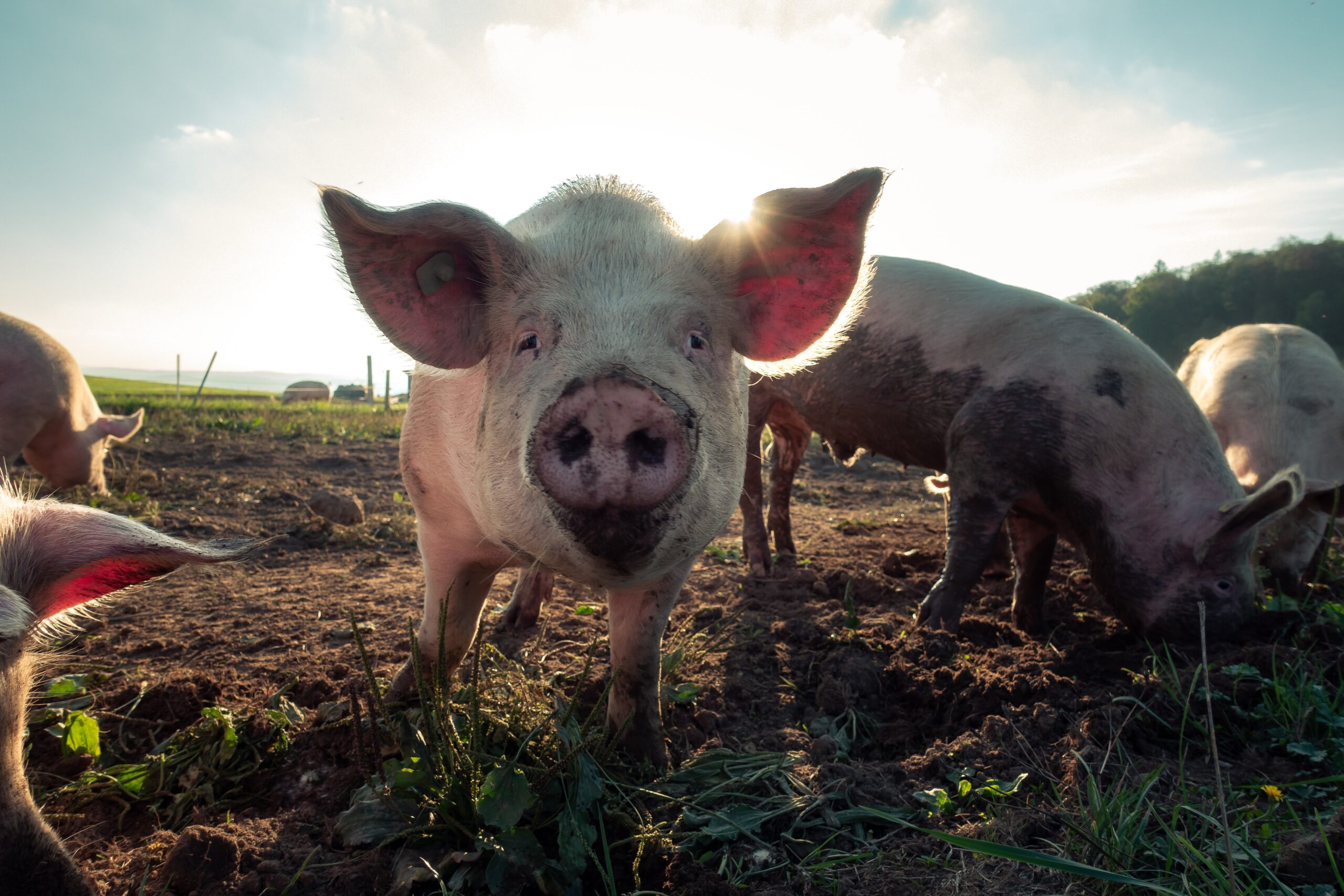
The German Supreme Court (Bundesgerichtshof) has issued a landmark decision on the relationship between national trademark law and the protection of geographical indications under EU law. The case is called “Hohenloher Landschwein / Hohenloher Weiderind”, with Hohenlohe being a region in Southern Germany, and Landschwein and Weiderind translating into country pork and grazing cattle, respectively (for the recently published full reasoning see here). The decision refers to the complex and sometimes confusing dual protection of geographical indications under special regulations and trademark laws at both national and European level.
In the area of agricultural products and foodstuffs, EU Regulation No. 1151/12 (“GI-Regulation”) protects geographical indications and designations of origin against various forms of infringement, including direct or indirect use and imitation or evocation, as well as false or misleading indication regarding the essential qualities of the product. The Regulation therefore protects so-called qualified geographical indications – meaning that the geographical indication not only indicates the geographical origin of the product, but also refers to a certain quality of the product. The CJEU clarified in Bud (C-478/07- see here) that special regulations for geographical indications (like the GI-Regulation) preclude national protection, as it is exhaustive in nature. The GI-Regulation’s requirements can therefore not be circumvented by national protection with possibly lower requirements.
But what if national collective trademarks contain or even solely consist of geographical indications, as is possible under European trademark law? Is this protection precluded in the agriculture and foodstuffs sector, too, due to the GI-Regulation? Associations of manufacturers are entitled to such trademark protection, and they can also lay down quality specifications within the regulations governing use of the collective trademark. This makes collective trademarks seemingly equivalent to protected geographical indications. To prevent monopolization of geographical indication by way of trademark law, third parties remain entitled to (correctly) use the sign, provided this is in accordance with honest practices in industrial or commercial matters. Assessing whether that is the case requires the balancing of contradictory interests of users (who want to indicate geographical origin) and trademark holders (who also want to indicate the special quality of their products).
In the case at issue, national collective trademarks “Hohenloher Landschwein” and “Hohenloher Weiderind” are subject to strict quality requirements regarding origin, food and husbandry. A butcher’s shop located in Hohenlohe sold meat under the trademarks that indisputably did not comply with the trademark regulations. As the association sued, the butcher’s shop argued – based on the learnings from Bud (above) – that the trademark protection was precluded by the GI-Regulation.
The first-instance court agreed with the defendant and refused the request for injunction by the association. Had this decision been correct, thousands of agricultural producers would have effectively lost significant investments they had made in order to comply with trademark regulations. Only to learn that the trademarks could not be protected against use by conventional meat producers who happen to be in the same region but produce at much lower cost.
Luckily for them, the appeal court overruled the first instance court’s decision (full reasoning see here) and granted the claim for injunctive relief. This ruling has now been upheld in the last instance by the Bundesgerichtshof, which dismissed the appeal of the butcher’s shop without considering it necessary to refer questions to the CJEU. It reasoned that the relationship between trademarks and protected geographical indications was conclusively regulated by Art. 14 GI-Regulation which states that trademarks can be obtained and used parallelly to registered qualified geographical indications. The Bundesgerichtshof therefore decided that – other than in the Bud-decision – the GI-Regulation does not preclude protection of qualified geographical indications by way of national collective trademarks. When balancing the interests of the butcher’s shop as against those of the association, it was therefore possible to take into account that the collective trademark’s quality function was substantially impaired because the butcher shop’s meat did not comply with the regulations governing use of the trademarks. This justified the claim for injunctive relief.
The author is an associate with Hildebrandt., which advised the plaintiff in connection with the case reported.
_____________________________
To make sure you do not miss out on regular updates from the Kluwer Trademark Blog, please subscribe here.


